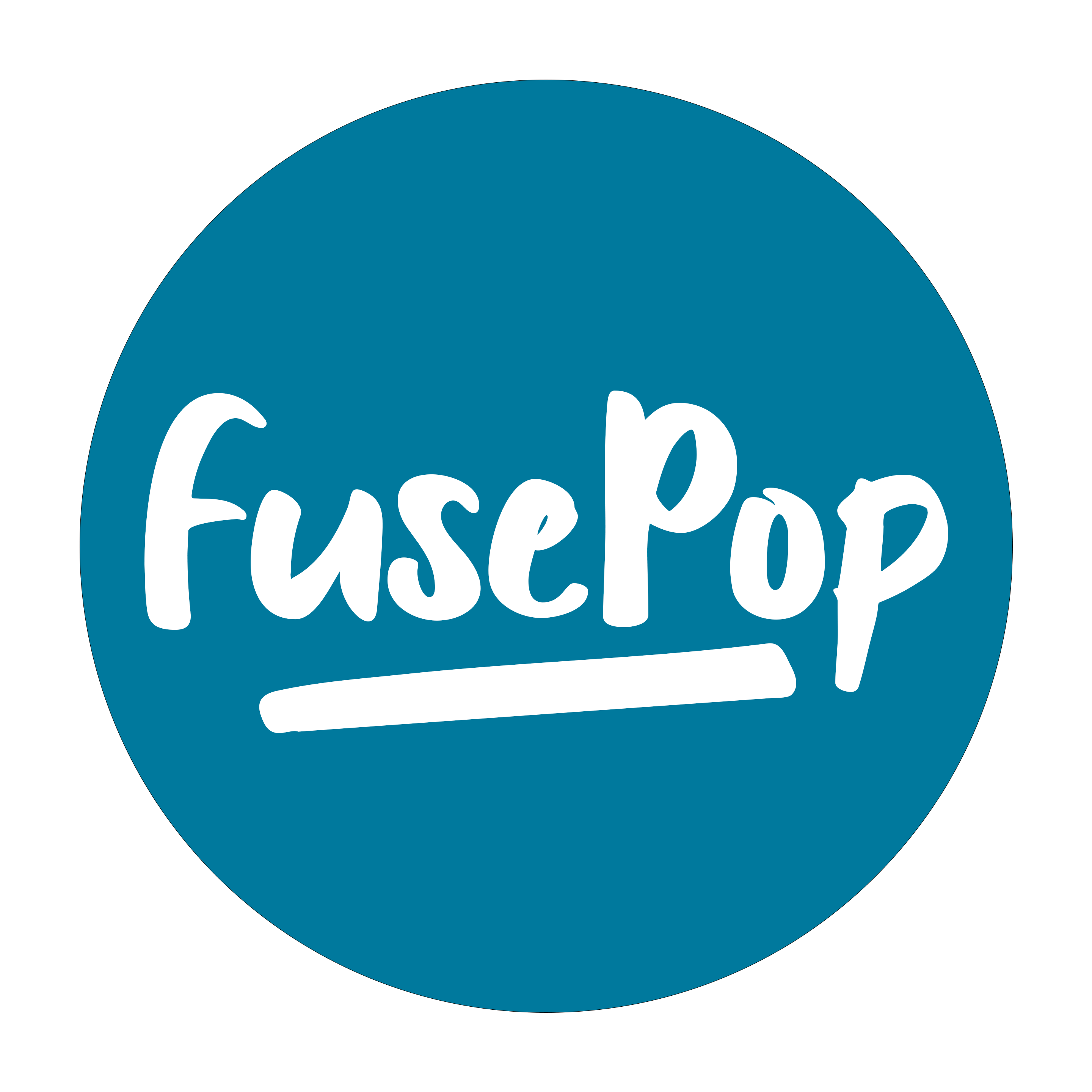Toxic Sludge Alert: How to Identify Biosolids in Your Community
Sewage sludge, often euphemistically called 'biosolids', is a controversial waste product that can pose significant health and environmental risks when improperly managed. Many communities are unaware that treated sewage waste might be used in agriculture, landscaping, or land restoration.
Key Warning Signs
- Unusual chemical odors in agricultural or residential areas
- Unexplained changes in soil color or texture
- Recent municipal land treatment or agricultural amendments
- Proximity to wastewater treatment facilities
How to Investigate
Concerned residents can take several proactive steps to determine potential sludge usage:
- Contact local agricultural extension offices
- Request public records from municipal waste management departments
- Review recent land use permits and agricultural treatment documentation
- Consult independent environmental testing services
Potential Health and Environmental Risks
Sewage sludge can contain heavy metals, pharmaceutical residues, pathogens, and industrial chemicals. Exposure may lead to soil contamination, groundwater pollution, and potential human health complications.
By staying informed and vigilant, communities can protect themselves from potential toxic waste exposure and demand transparent waste management practices.






































































































